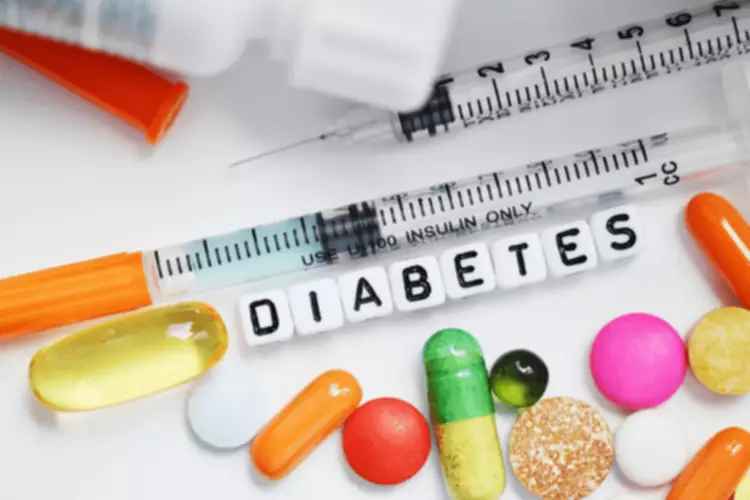
You may get vitamin supplements to treat malnutrition caused by excessive alcohol use. Your prognosis will be impacted by the severity of your alcohol use and whether or not you have liver disease. Prolonged used of alcohol can result in cirrhosis, or permanent scarring of the liver. Cirrhosis of the liver can cause exhaustion, leg swelling, and nausea. All chronic alcohol misusers attending the ED should receive intravenous B vitamins as recommended by The Royal College of Physicians.23 Strenuous efforts must be made to exclude concomitant pathology.
Deterrence and Patient Education
Most cases of AKA occur when a person with poor nutritional status due to long-standing alcohol abuse who has been on a drinking binge suddenly decreases energy intake because of abdominal pain, nausea, or vomiting. In addition, AKA is often precipitated by another medical illness such as infection or pancreatitis. Alcoholic ketoacidosis (AKA) is a serious metabolic condition that can arise from excessive alcohol consumption combined with inadequate food intake.
Possible Complications of Alcoholic Ketoacidosis
Depending on how bad their alcohol abuse has been or if medically-assisted alcohol detox will be needed for withdrawal symptoms, entering into a treatment center may be a necessary option. Professional medical staff can assist in the difficult process of withdrawal, making the transition into sobriety less daunting. The identification of these signs and symptoms is critical in diagnosing AKA, as they often point healthcare providers towards the condition in conjunction with a patient’s alcohol use history. Sometimes, diabetic ketoacidosis can occur with type 2 diabetes. In some cases, diabetic ketoacidosis may be the first sign of having diabetes.
- Persistent vomiting and abdominal pain are common complaints that may be reported by the patient.
- Bedside testing reveals a low or absent breath alcohol, normal blood sugar, metabolic acidosis, and the presence of urinary ketones, although these may sometimes be low or absent.
- Free fatty acids are either oxidized to CO2 or ketone bodies (acetoacetate, hydroxybutyrate, and acetone), or they are esterified to triacylglycerol and phospholipid.
- Alcoholic ketoacidosis is a metabolic complication of alcohol use and starvation characterized by hyperketonemia and anion gap metabolic acidosis without significant hyperglycemia.
Alcoholic Ketoacidosis Treatment and Diagnosis
Breathing tends to become deep and rapid as the body attempts to correct the blood’s acidity. Similar symptoms in a person with alcohol use disorder may result from acute pancreatitis, methanol (wood alcohol) or ethylene glycol (antifreeze) poisoning or diabetic ketoacidosis. The doctor must exclude these other causes before diagnosing alcoholic ketoacidosis. Alcoholic ketoacidosis is a recognised acute complication in alcohol dependent patients. Given the frequency with which the condition is seen in other countries, the possibility exists that many cases may be unrecognised and misdiagnosed in UK EDs. AKA should be included in the differential diagnosis of alcohol dependent patients presenting with acute illness.

Alcohol dehydrogenase (ADH), a cytosolic enzyme, metabolizes alcohol to acetaldehyde in hepatocytes. Acetaldehyde is metabolized further to acetic acid by aldehyde dehydrogenase. Both steps require the reduction of nicotinamide adenine dinucleotide (NAD+) to reduced nicotinamide adenine dinucleotide (NADH). Acetyl CoA may be metabolised to carbon dioxide and water, converted to fat, or combined with alcoholic ketoacidosis smell another acetyl CoA to form acetoacetate (fig 1). The majority of papers detected by this search focus primarily on diabetes mellitus and its complications, and were excluded.

Get Help for Alcohol Use Disorder to Improve Your Overall Health
Diagnosis is by history and findings of ketoacidosis without hyperglycemia. A person who isn’t eating properly and getting the nutrition the body needs from food because they’re drinking heavy amounts of alcohol instead, starts to get a buildup of excessive amounts of ketones in the body. In the emergency department (ED), where AKA is frequently managed, patients often present with a history of alcohol use, whether acute or chronic, accompanied by symptoms such as nausea, vomiting, and abdominal pain. The diagnosis of AKA is primarily based on the history of alcohol consumption and clinical findings indicative of ketoacidosis without significant hyperglycemia. Triglycerides stored in adipose tissue undergo lipolysis and are released into the circulation as free fatty acids bound ionically to albumin.

Moreover, volume depletion increases the concentration of counter-regulatory hormones, further stimulating lipolysis and ketogenesis. The absence of hyperglycemia makes diabetic ketoacidosis improbable. Patients with mild hyperglycemia may have underlying diabetes mellitus, which may be recognized by elevated levels of glycosylated hemoglobin (HbA1C). People with this condition are usually admitted to the hospital, often to the intensive care unit (ICU). This drop in blood sugar causes your body to decrease the amount of insulin it produces.
We strive to create content that is clear, concise, and easy to understand.

Elevated cortisol levels can increase fatty acid mobilization and ketogenesis. Growth hormone can enhance precursor fatty acid release and ketogenesis during insulin deficiency. Catecholamines, particularly epinephrine, increase fatty acid release and enhance the rate of hepatic ketogenesis. Alcoholic ketoacidosis is a complication of alcohol use and starvation that causes excess acid in the bloodstream, resulting in vomiting and abdominal pain.
Often, blood alcohol levels are no longer elevated when patients present with alcoholic ketoacidosis. During physical examination, healthcare professionals look for signs that are consistent with AKA, such as signs of dehydration and an alcoholic odor on the breath. The patient’s recent nutritional intake, particularly a history of poor oral intake or fasting, is also considered, as AKA often occurs after a period of relative starvation. Persistent vomiting and abdominal pain are common complaints that may be reported by the patient.
